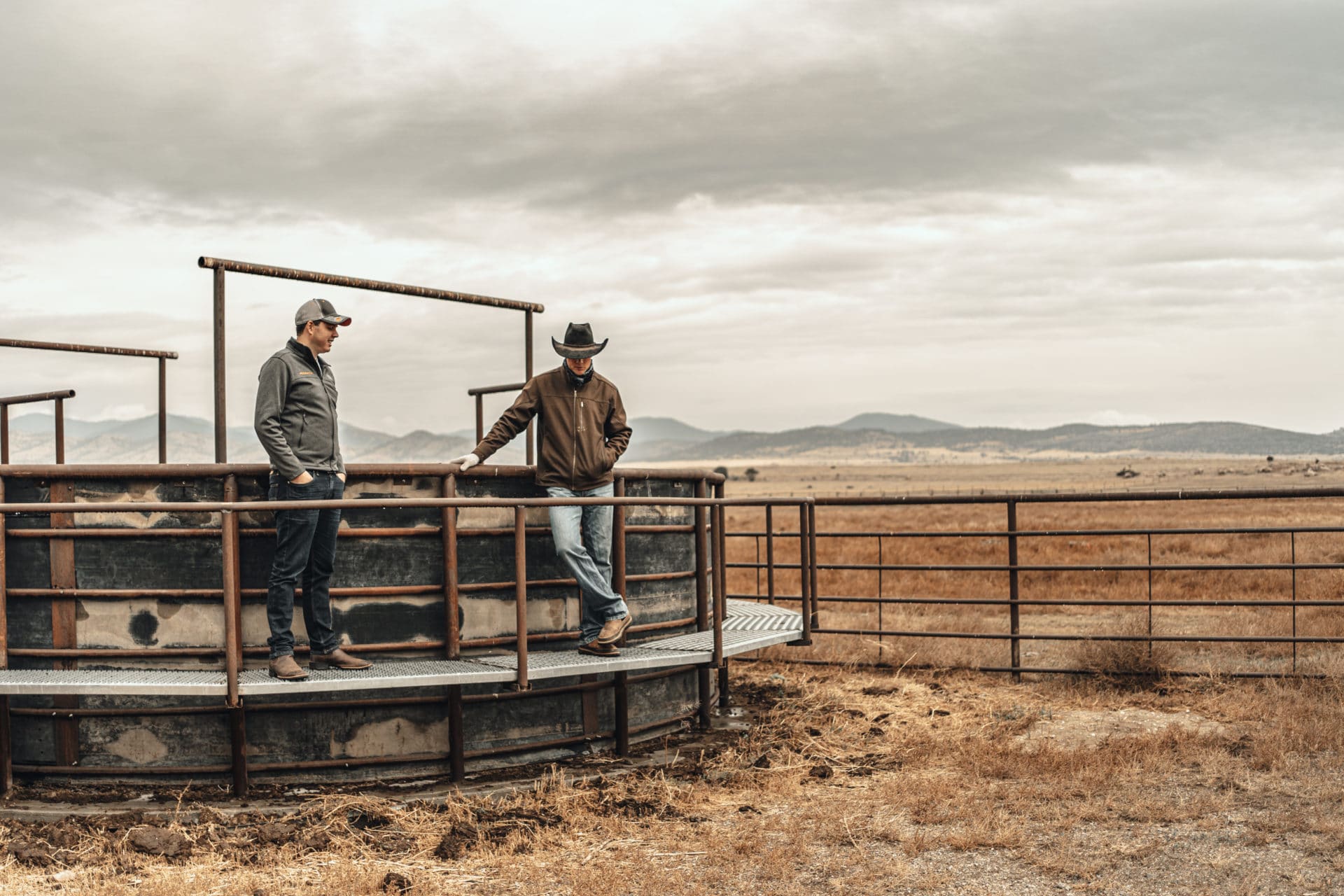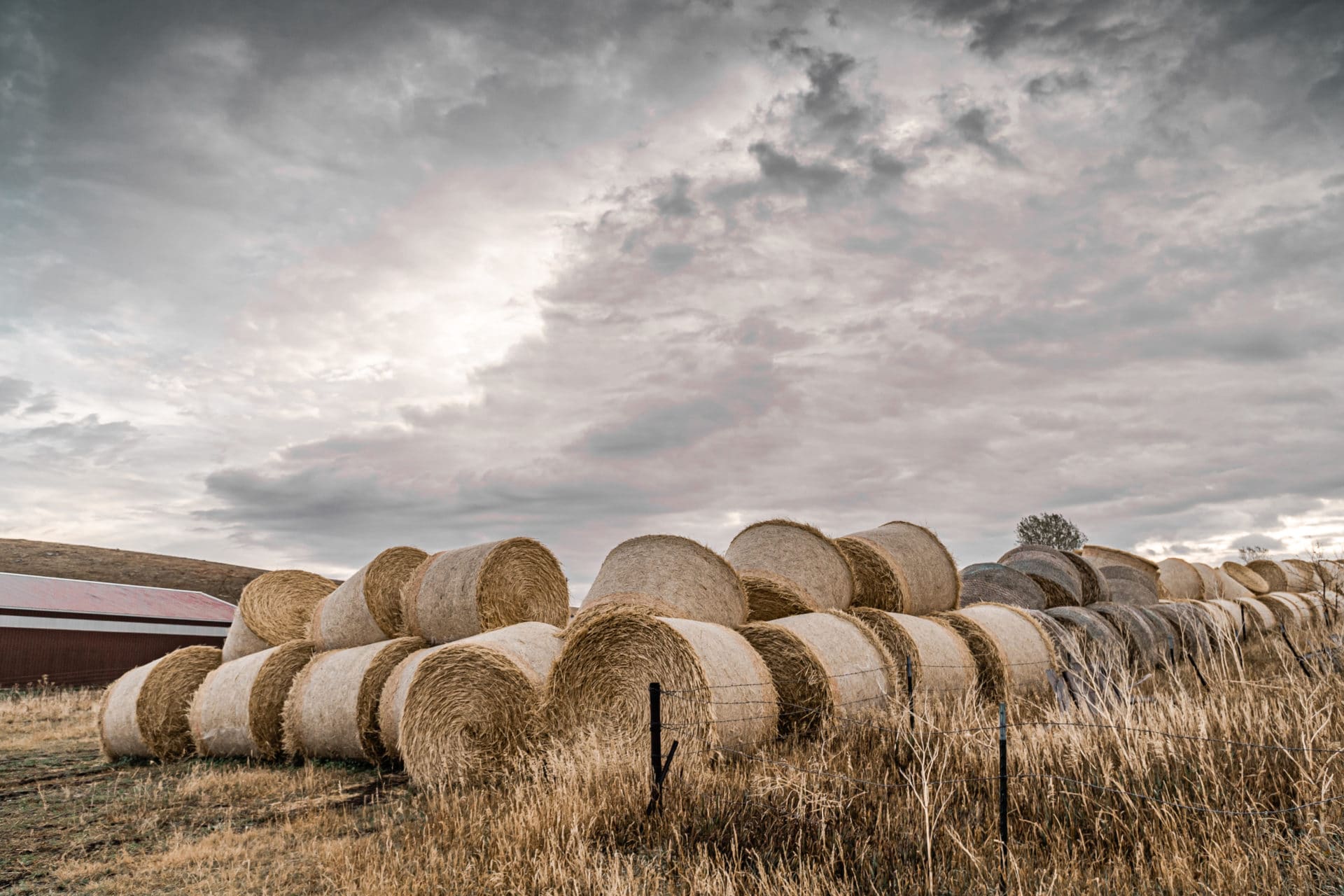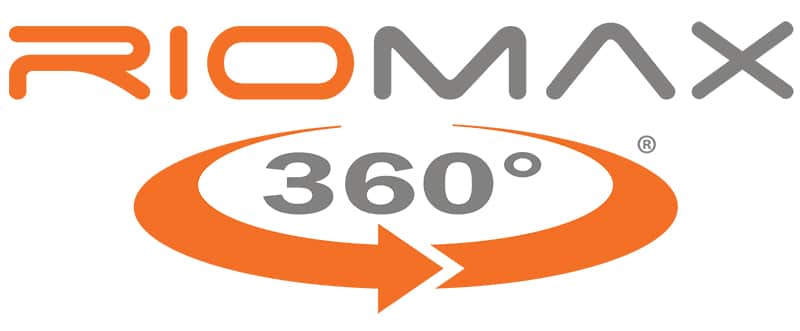Last updated on August 18th, 2025 at 08:54 am
Here’s How Spending More Up Front Puts Money in Your Pocket.
“When you compare the Riomax® tubs to others, they have a big sticker price, but wait ‘till you see the results.”
That’s what Rio Wishard, a beef producer from Trail, Minn., will tell you when you ask whether or not Riomax® vitamin and mineral supplement tubs are worth the cost. Wishard switched to Riomax® in 2013 and hasn’t looked back.
He started by offering the tubs to his 300 cows and calves just part of the year. But drought in 2013 and 2014 caused him to think twice; beginning in 2015, he switched to year ‘round supplementation.
“2015 was just as dry as the previous two years, but our pregnancy rate improved 11% on the yearlings, 18% on the two-year-olds and 13% on cows,” he said. He’s now running 93% breed-up on his replacement females.
“In six years of feeding biodegradable tubs, we have seen heavier calves, improved pregnancy rates, cows winter better even on poor hay and no garbage to pick up,” he said.
Wishard’s story is heard over and over again as more and more beef producers look for ways to keep the operation intact in the face of withering drought and rising input costs.
Indeed, there are places to cut when tightening the winch on ranch input costs.
Your mineral supplement isn’t one of them.

That’s because minerals and vitamins are profoundly important in the well-being of your cattle. Some of the trace minerals important to cattle are copper, selenium, zinc and manganese.
“Those trace metals are critical for normal reproduction function. They’re critical for immune system function,” said Dr. Jeffery Hall, technical services veterinarian with Huvepharma. Hall is an expert in mineral nutrition for cattle, a former professor of toxicology and mineral nutrition and former director of the toxicology section of the veterinary diagnostic lab at Utah State University.
“You’re going to have more sick animals because their immune system is not working as good. You’re going to have animals that don’t respond to vaccines as well as they should because their immune system is not working,” Hall said.
Without adequate mineral intake, it’s likely you’ll have more open cows.
“It costs you in many ways that a lot of people don’t think about until they’re in the wreck,” he says.
Shane Keller can show you how spending a little more up front added a little more to his bottom line. Keller runs 450 mother cows on his ranch near Valentine, Neb.
He saw a Riomax® ad back in 2014 so started investigating. “I started penciling things out and per cow per day it was the same price or less than competitive products,” he said. Then he looked into the consumption guarantee and that sealed the deal.
Keller tried Riomax® first when fence-line weaning his calves. He saw a significant difference in weight gain per day on the weaned calves compared with the previous mineral supplement he had been using.

“Really liked the results so we implemented Rio on the young cows. Have significantly improved breed-back, so we are not losing numbers of young cows,” he said. “So, being pleased with these results, we implemented Rio into the whole program 365 days a year instead of only part time.”
It was a tough year when he made that move. “Most people’s calves weaned off significantly lighter than normal. Our calves came in at average weight.” He said 550-pound calves were $1.92 per pound that year, which equals $1,056 per head gross. “Those calves that weighed 40 pounds less missed out on $76.80 per head!”
Then consider Daniel Schwab’s experience.
He remembers how adding Riomax® to his winter feed program saved him in hay cost.
“In the fall of 2018 we were so short on hay that we needed to purchase it,” he said. “The hay was costing us $120 per bale that year. We started on Riomax® later that fall with hopes of just stretching the hay to last us longer.”
However, 14 days into feeding Riomax® tubs, he noticed the cows were leaving more hay behind than usual. “On day 21, I cut back from nine bales a day to eight bales a day.

That saved us 33 cents per head per day on hay. Riomax® costs me 21 cents per head per day. The hay savings alone was paying for the Riomax® and putting 12 cents per head per day in my pocket.” Spread out over 300 head, that adds up.
Please note: this is an old story and prices have since changed to reflect inflation.
These are stories from real beef producers making things work in the real world of ranching. And the stories are not unusual. Riomax® tubs are popping up in pastures and drylots across the country because they work and the results are real.
Indeed, Keller has only one regret about switching to Riomax® tubs. “Now looking back, I wish we had made the move sooner.”


